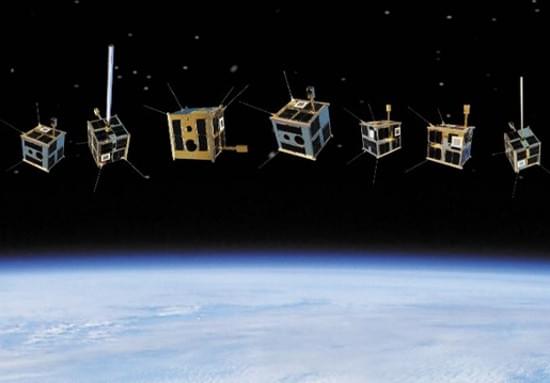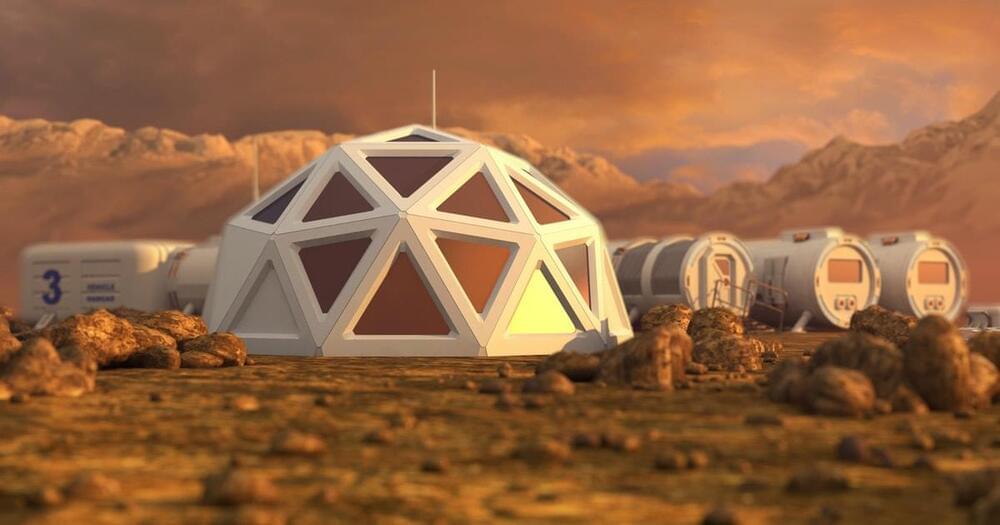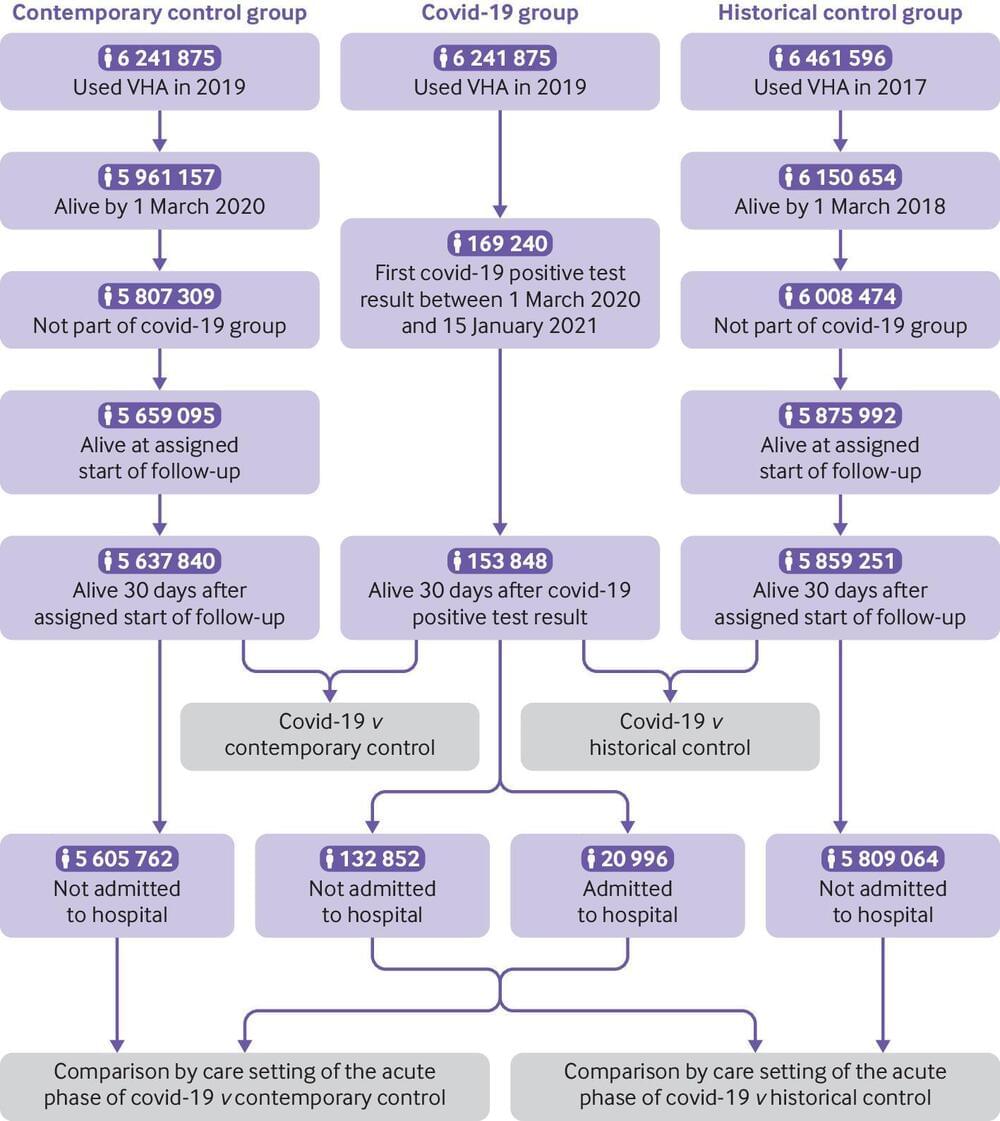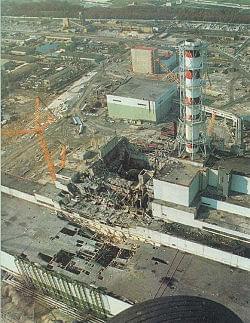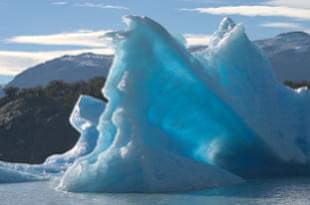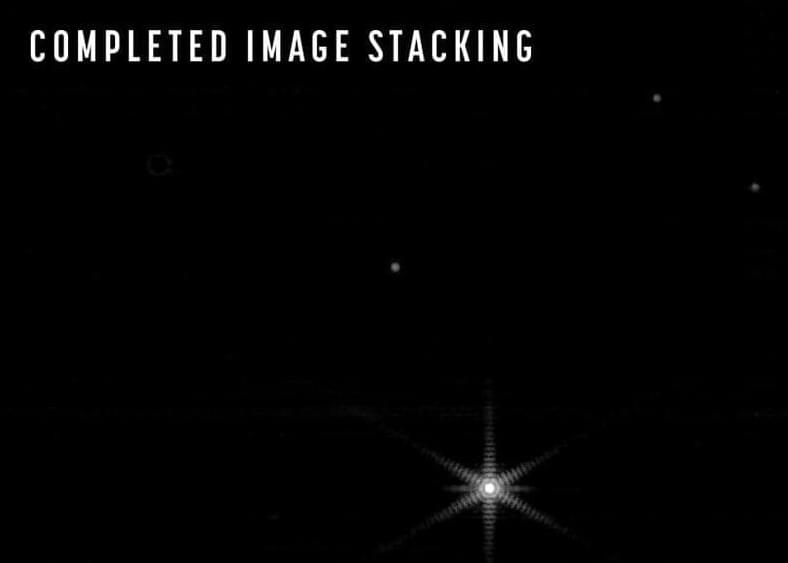The thousands of defunct satellites and tons of orbiting space debris necessitate a low-Earth orbit cleanup starting this decade.
Are we alone in the Universe? Billions of dollars are being spent trying to answer that simple question. The implications of finding evidence for life beyond Earth are staggering. The “before and after” mark would punctuate human history.
Mars is currently the most popular exploration target to search for evidence of life elsewhere. Yet little is known about its early history. Our research on a Martian meteorite provides new clues about early surface conditions on the red planet.
Today Mars is cold and inhospitable. But it may have been more Earth-like and habitable in a bygone era. Landforms on Mars record the action of liquid surface water, perhaps as early as 3.9 billion years ago.
After a few dubious claims from Model Y reservation holders that they had received a VIN from Giga Texas, it looks like the first legitimate Austin VIN has been assigned today.
The lucky reservation holder is Jared Wolny, who shared a screenshot from his mobile app on Facebook showing a VIN from Giga Texas – 7SAYGDEF9NA000137.
The important digit in the VIN is the A in the 11th position, which signifies it comes from Austin, and not Fremont (F).
New research reveals that electrolysis does work at lower gravitational levels. The findings could support the idea that humans could travel to Mars, use the planet’s resources to refuel, and return home.
The Neuro-Network.
𝐑𝐞𝐬𝐞𝐚𝐫𝐜𝐡𝐞𝐫𝐬 𝐝𝐢𝐬𝐜𝐨𝐯𝐞𝐫 𝐧𝐞𝐰 𝐢𝐧𝐟𝐨𝐫𝐦𝐚𝐭𝐢𝐨𝐧 𝐚𝐛𝐨𝐮𝐭 𝐭𝐡𝐞 𝐞𝐟𝐟𝐞𝐜𝐭𝐬 𝐨𝐟 𝐬𝐥𝐞𝐞𝐩 𝐨𝐧 𝐭𝐡𝐞 𝐡𝐮𝐦𝐚𝐧 𝐛𝐫𝐚𝐢𝐧
𝙐𝙣𝙞𝙫𝙚𝙧𝙨𝙞𝙩𝙮 𝙤𝙛 𝙊𝙪𝙡𝙪 𝙁𝙪𝙣𝙘𝙩𝙞𝙤𝙣𝙖𝙡 𝙉𝙚𝙪𝙧𝙤𝙞𝙢𝙖𝙜𝙞𝙣𝙜 𝙧𝙚𝙨𝙚𝙖𝙧𝙘𝙝 𝙜𝙧𝙤𝙪𝙥 𝙝𝙖𝙨 𝙛𝙤𝙧 𝙩𝙝𝙚 𝙛𝙞𝙧𝙨𝙩 𝙩… See more.
The University of Oulu Functional Neuroimaging research group has for the first time succeeded in describing how the various types of pulsations in the human brain change when a person sleeps.
Objective To estimate the risks of incident mental health disorders in survivors of the acute phase of covid-19.
Design Cohort study.
Setting US department of veterans affairs.
Participants Cohort comprising 153 848 people who survived the first 30 days of SARS-CoV-2 infection, and two control groups: a contemporary group (n=5 637 840) with no evidence of SARS-CoV-2, and a historical control group (n=5 859 251) that predated the covid-19 pandemic.
😀 😍 circa 2018.
You know Chernobyl, right? The place of the biggest nuclear accident in the world? The are is so radioactive nobody lives in the vicinity anymore, and nearby plants are suffering major amounts of radiation. However, not everybody is sad about this event; a type of fungi (mushrooms) possess an ability beyond imagination: they can take the lethal radiation and use it as a source of energy to feed and grow. Researchers have called them radiotrophic fungus.
For some 500 million years, fungi have been inhabiting this planet, feeding on whatever they could finding, filling every biological niche they could find. But who could have actually guessed that they could feed on nuclear radiation? Researchers from the Albert Einstein College of Medicine (AEC) had a hunch, and they investigated it to test. They first got the idea after reading that samples brought from Chernobyl were filled with some black fungi growing on it.
Circa 2011 😀 😍
All three men’s leg and trunk muscle mass grew, and two were eventually able to control some muscle function even without stimulation.
MANSFIELD — Gas prices at the pump across Ohio have been on the rise for a while, but Russia’s invasion this week — and other more natural factors — could.
MOUNT VERNON — Gas prices at the pump across Ohio have been on the rise for a while, but Russia’s invasion this week — and other more natural factors — could make those prices rise even more.
The American Automobile Association reported Friday that Ohio’s average price at the pump for regular gas rose $0.01 from Thursday. It’s up $0.11 from last week and $0.27 from a month ago.
At this time last year, the average price at Ohio pumps was $2.61. The average Friday was $3.33, according to AAA.
It’s coming together! Engineers for the James Webb Space Telescope have now completed two more phases of the seven-step, three-month-long mirror alignment process. This week, the team made more adjustments to the mirror segments along with updating the alignment of its secondary mirror. These refinements allowed for all 18 mirror segments to work together — for the first time — to produce one unified image.
As you can see in the image above, this view of the star HD 84,406 shows one image instead of the 18 views – one from each segment – that we saw earlier this week. NASA engineers say that after future alignment steps, the image will be even sharper.
“We still have work to do, but we are increasingly pleased with the results we’re seeing,” said Lee Feinberg, optical telescope element manager for Webb, in a blog post. “Years of planning and testing are paying dividends, and the team could not be more excited to see what the next few weeks and months bring.”
